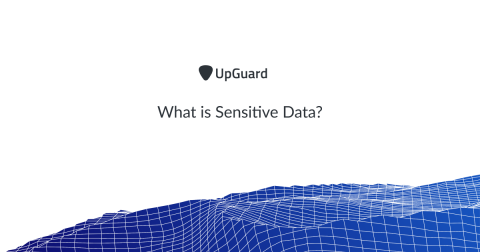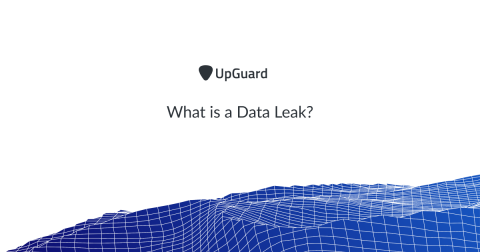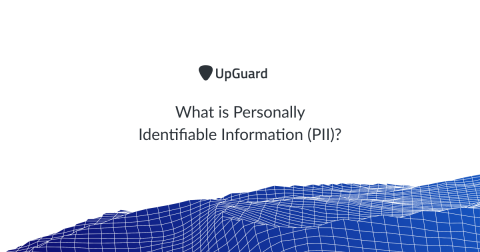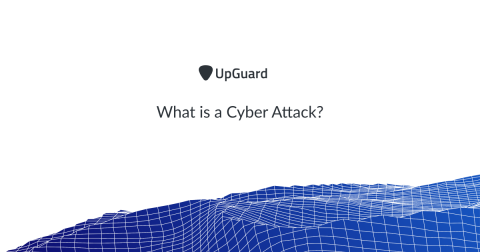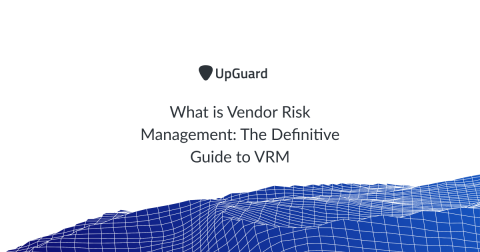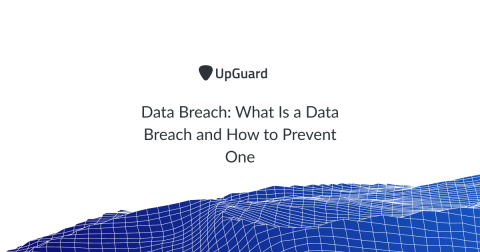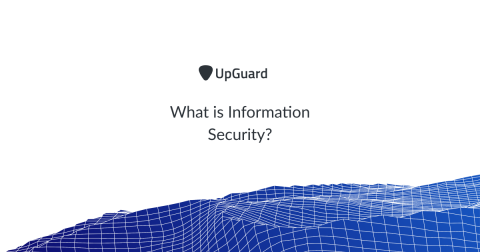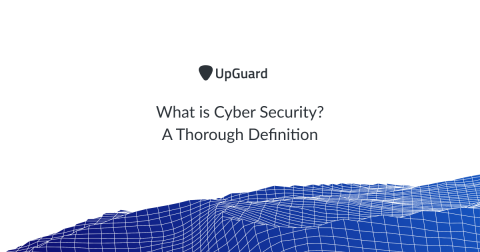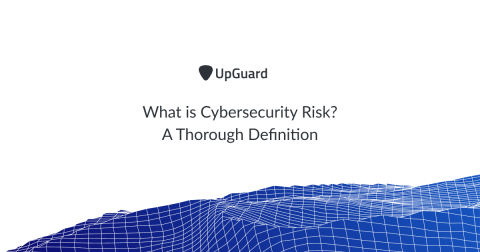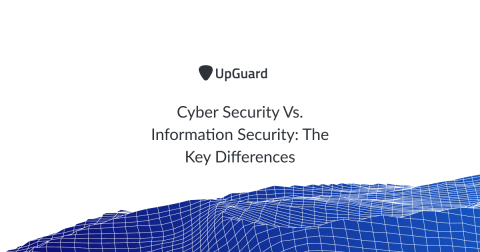What is Sensitive Data?
Sensitive data is information that must be protected against unauthorized access. Access to sensitive data should be limited through sufficient data security and information security practices designed to prevent unauthorized disclosure and data breaches. Your organization may have to protect sensitive data for ethical or legal requirements, personal privacy, regulatory reasons, trade secrets and other critical business information.


